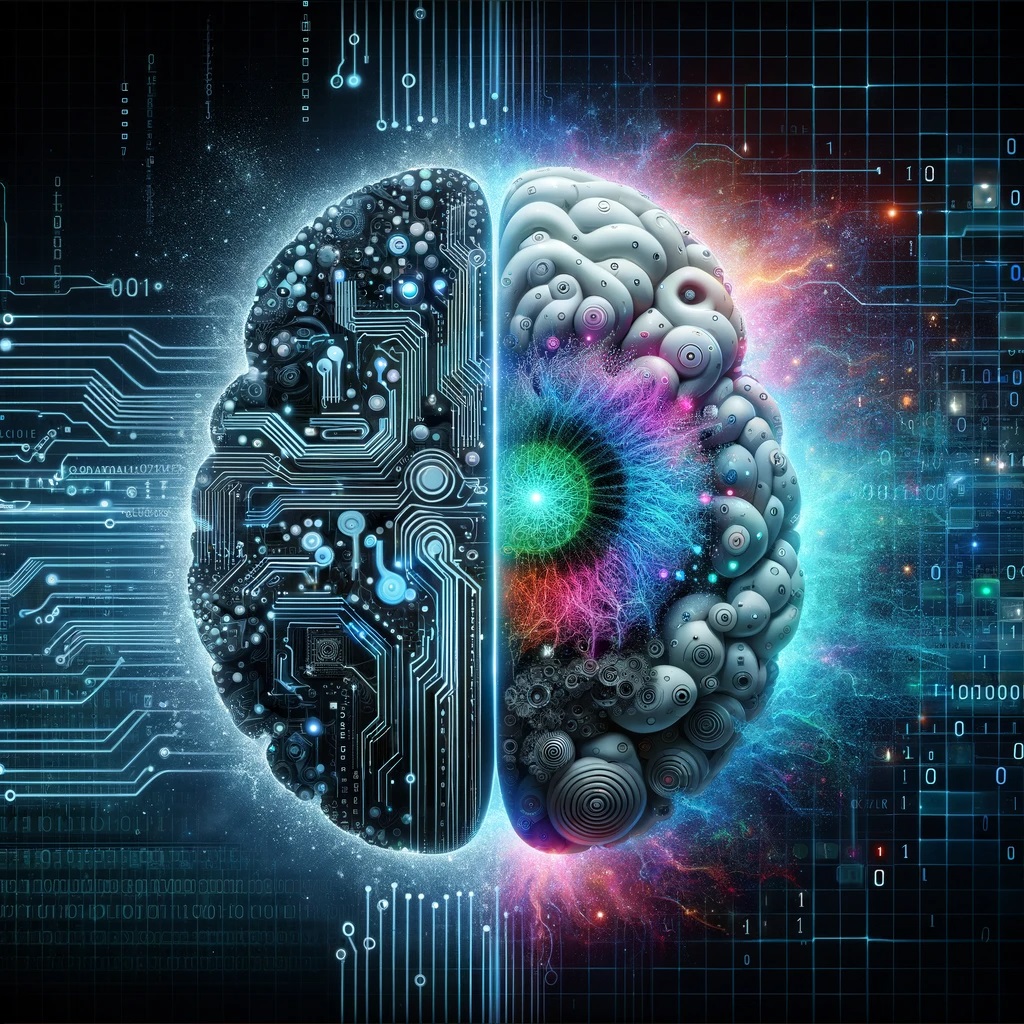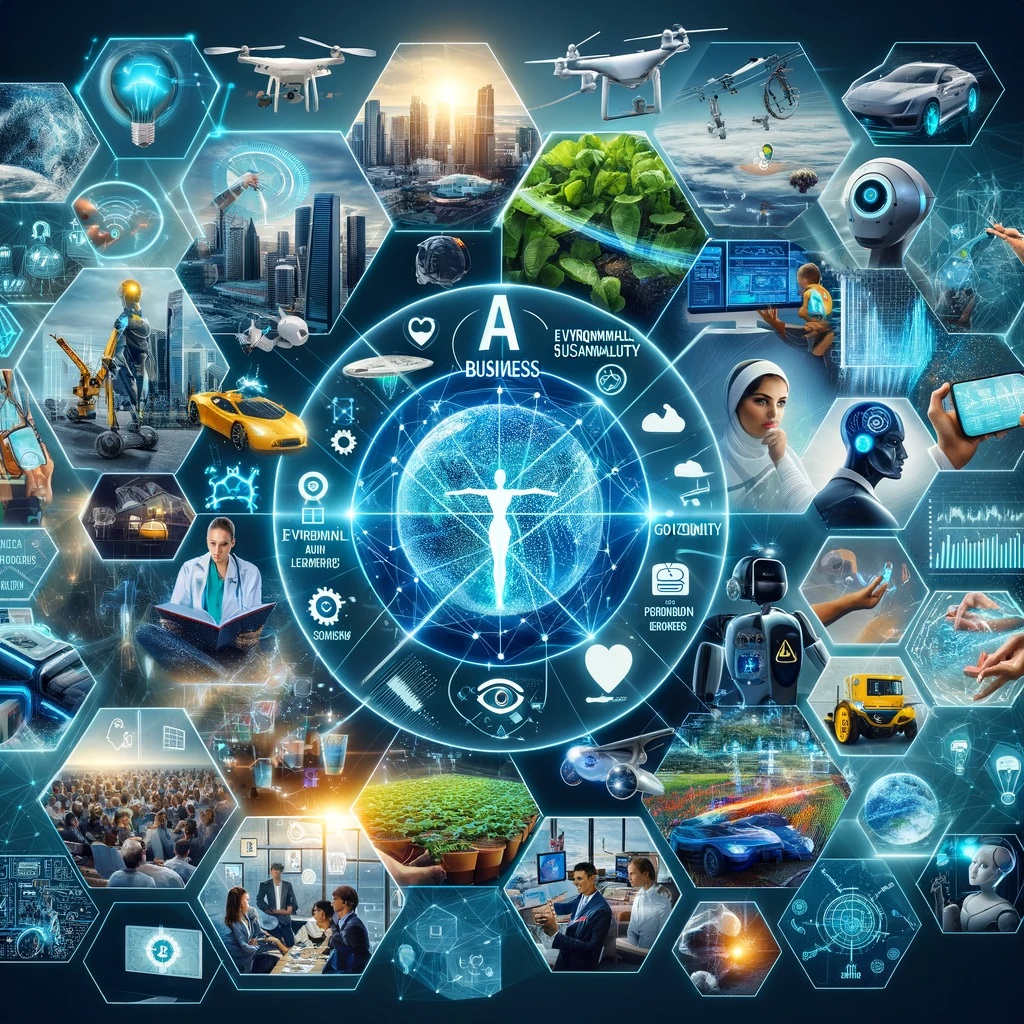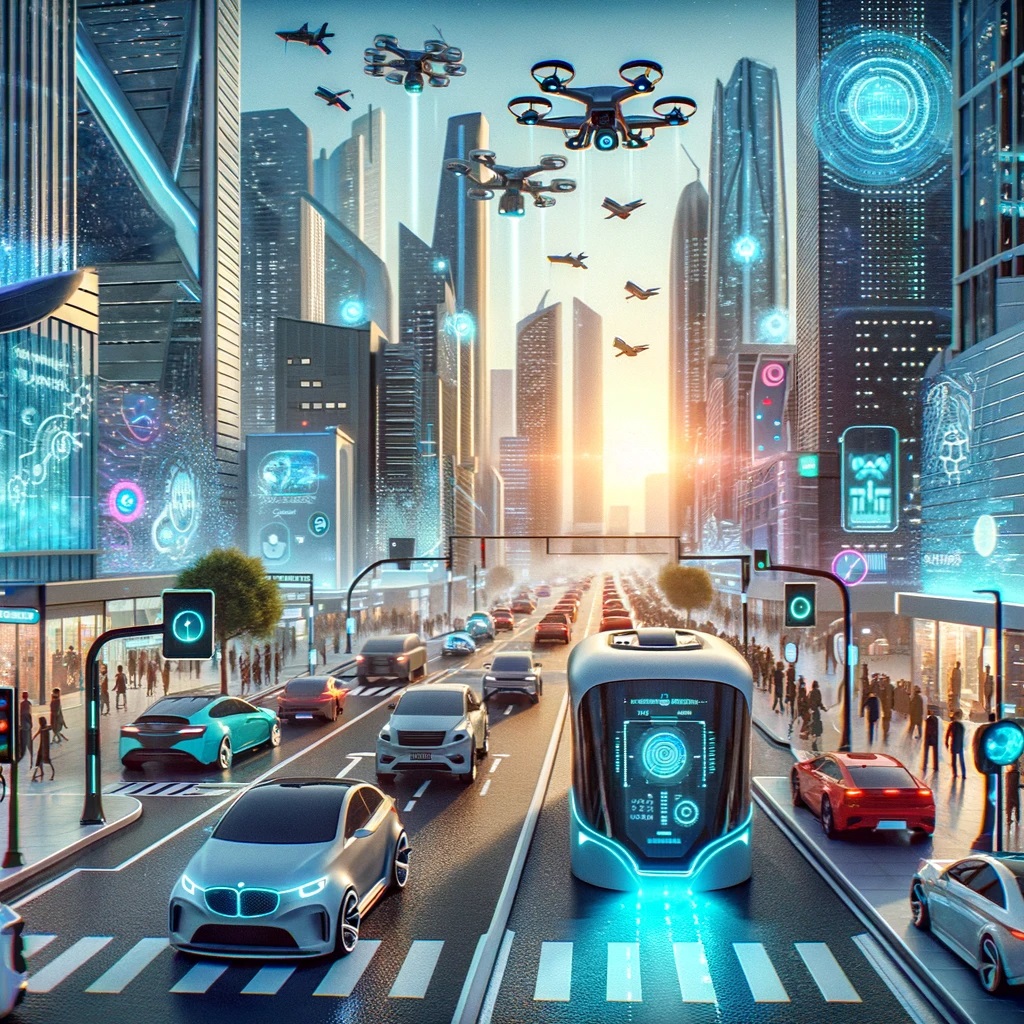This piece provides an in-depth understanding of how AI detectors function, the algorithms and methods they employ, and their role in differentiating AI-generated content from human-created material. We delve into the nuances of machine learning’s contribution to enhancing AI detection capabilities and discuss the challenges and limitations inherent in current systems. As the technological arms race between AI generators and detectors evolves, we consider the future landscape of AI detection technology and how we can stay ahead of the curve.
The Fundamentals of AI Detection Technology
AI detection technology primarily aims to distinguish between content generated by AI and that created by humans. This distinction is crucial in various domains, from academic integrity to the authenticity of online information. At its core, AI detection operates by analyzing patterns and anomalies in the text or media that are typically characteristic of AI-generated content.
One fundamental approach in AI detection is the analysis of linguistic patterns. AI-generated text often exhibits certain stylistic and structural patterns that differ from human writing. AI tends to produce content with a certain level of syntactical consistency and lack of idiosyncrasies that are common in human writing. These patterns can include repetitive phrasing, overuse of certain structures, and a noticeable absence of the nuanced irregularities that are often present in human-generated content.
Another key aspect of AI detection technology is the analysis of semantic coherence. While AI can generate grammatically correct content, it may struggle with maintaining consistent narrative or argumentative coherence throughout a longer text. Detectors scrutinize the logical flow and consistency of ideas, which can be a telltale sign of AI authorship.
Methods and Algorithms Behind AI Content Detectors
AI detectors utilize a variety of methods and algorithms to identify AI-generated content. Machine learning, particularly deep learning models, plays a significant role in this process. These models are trained on large datasets of both AI-generated and human-generated content to learn distinguishing features. Once trained, they can effectively predict the likelihood of a piece of content being AI-generated.
One common method employed is Natural Language Processing (NLP), which enables the analysis of textual data at both surface-level (like syntax and grammar) and deeper semantic levels. Some detectors also use statistical analysis to identify patterns that are improbable in human writing, such as certain repetitions or unnatural phrase constructions.
Another approach involves training models to recognize the specific outputs of known AI text generators. By understanding the characteristics of texts produced by various AI models, detectors can identify similarities in new content. This method, however, requires continuous updates as AI writing technologies evolve.
AI vs. Human Writing (Distinguishing Characteristics)
AI detectors focus on discerning the subtle differences between AI-generated and human-created content. AI-written text often exhibits a lack of personal style or voice, which is a hallmark of human writing. AI tends to follow strict rules of grammar and syntax, leading to text that is grammatically correct but may lack the nuances and variability found in human writing. Human authors typically infuse their writing with idiomatic expressions, personal anecdotes, and a unique style, elements that AI often struggles to replicate authentically.
Another distinguishing characteristic is the handling of complex, nuanced topics. Humans naturally incorporate their experiences, beliefs, and emotions into their writing, which can lead to more nuanced and contextually rich content. AI, on the other hand, may provide content that is technically accurate but lacks depth and personal insight, particularly in areas requiring emotional intelligence or deep subject matter expertise.
The Role of Machine Learning in Enhancing AI Detection
Machine learning is integral to the advancement of AI detection technologies. By using large datasets of both AI-generated and human-created content, machine learning models can learn and identify patterns and anomalies indicative of AI authorship. These models continuously improve through training, becoming more adept at distinguishing between human and AI-generated content over time.
Deep learning, a subset of machine learning, is particularly effective in this realm. It uses neural networks to analyze text at multiple levels – from basic grammar and syntax to more complex narrative structures and content coherence. By doing so, these models can detect subtleties that might be missed by more straightforward analytical methods.
Challenges and Limitations of Current AI Detection Systems
Despite advancements, AI detection systems face significant challenges and limitations. One major challenge is the rapid evolution of AI writing technologies. As AI generators become more sophisticated, they can mimic human writing styles more closely, making it increasingly difficult for detection systems to differentiate between human and AI-generated content.
Another limitation is the potential for false positives or negatives. AI detectors might mistakenly flag human-written content as AI-generated or vice versa. This can be particularly problematic in settings like academic institutions or publishing, where such errors could have significant consequences.
The context of the content also poses a challenge. AI detectors may perform well in identifying AI-generated content in one domain but struggle in another, especially where specialized knowledge or jargon is involved.
Understanding these challenges is crucial for anyone relying on AI detection systems, as it highlights the importance of combining technological solutions with human oversight and judgment. As AI technology continues to advance, these challenges will likely be addressed, but for now, they represent significant hurdles in the field of AI detection.
Ethical Considerations in the Use of AI Detectors
The use of AI detectors raises several ethical considerations. First and foremost is the issue of privacy. When analyzing content, AI detectors may need to access personal or sensitive data, raising concerns about data protection and consent. Ensuring that these systems operate within the bounds of privacy laws and ethical guidelines is crucial.
Another ethical concern is the potential for bias. AI detectors, like any machine learning system, can inherit biases present in their training data. This can lead to unfair or discriminatory outcomes, such as disproportionately flagging content from certain groups or individuals. Ensuring that AI detectors are trained on diverse and unbiased datasets is essential to mitigate this risk.
Transparency is also a key ethical consideration. Users of AI detectors should understand how these systems work and on what basis they make their determinations. This transparency is vital for trust and accountability, especially in areas like academic integrity or journalism.
AI Detectors vs. Advanced AI Generators
As AI content generators become more sophisticated, the battle between these generators and AI detectors becomes more complex. AI generators are increasingly capable of producing content that closely mimics human writing, making it challenging for detectors to identify AI-generated content accurately. This has led to an ongoing technological arms race, with each side continually evolving to outdo the other.
AI detectors are responding by employing more advanced machine learning techniques and incorporating a broader range of data for analysis. However, as AI generators improve, they may start to mimic human idiosyncrasies and writing styles more accurately, further blurring the lines between human and machine-generated content.
This evolving battle has significant implications for fields like journalism, academia, and content creation, where the authenticity of content is paramount. It underscores the need for continued research and development in AI detection technologies to keep pace with advancing AI writing tools.
Preparing for the Future (Staying Ahead in AI Detection Technology)
To stay ahead in AI detection technology, continuous research and development are essential. This includes developing more sophisticated machine learning models that can adapt to the evolving capabilities of AI generators. Investing in research that explores new methods of detection, beyond the current paradigms, is also crucial.
Another key aspect is the ethical development and deployment of AI detectors. As these technologies play a crucial role in maintaining the integrity of information, ensuring they are used responsibly and ethically is paramount.







